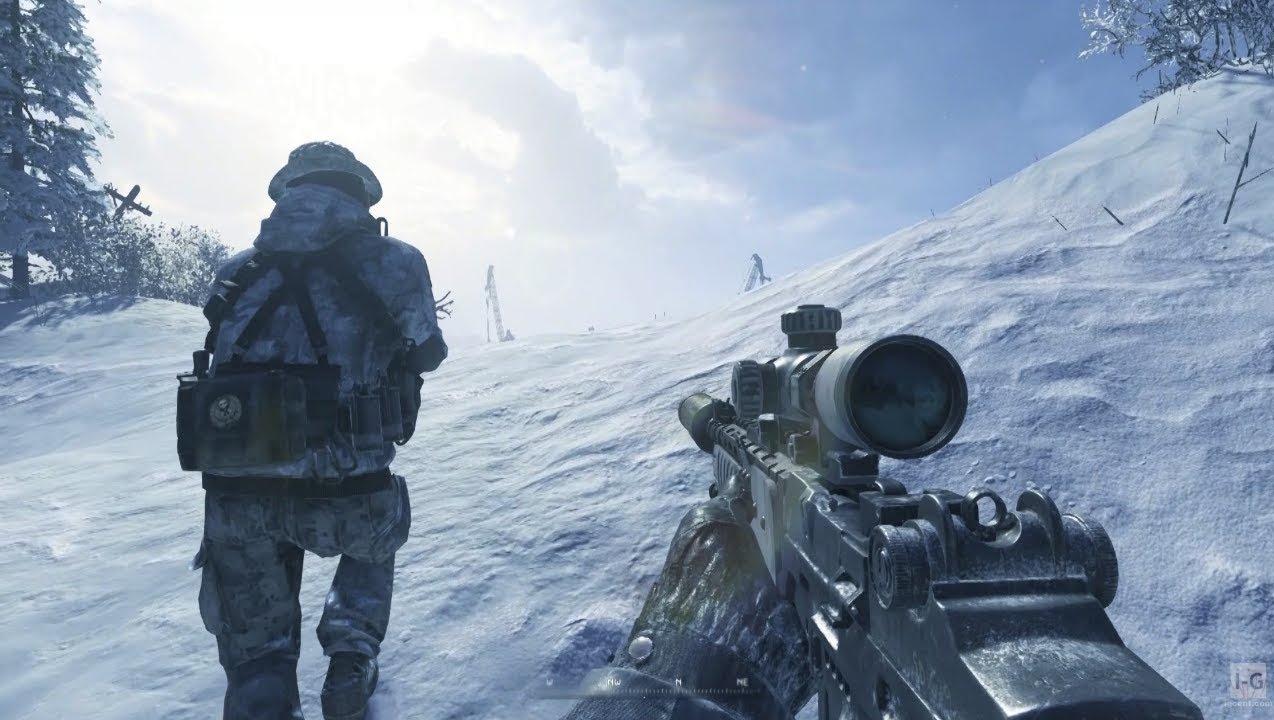
Nostalgia and retromania: Why do fans want to play updated classics?
If you have toddlers at home, chances are that you can’t bear another loop of Baby Shark. Maybe you’ve even begun to dance unconsciously when it starts, but that doesn’t mean you enjoy it. You may think that the endless repetition of this tune made you hate it but you enjoy repetitions more than you’d know. The gaming industry knows this well.
Playing with our memories

Repetition is a vital part of the learning process. For kids, repetition develops the ability to predict events based on experience. Adults love repetitions, too, but for different reasons. Given how many James Bond movies and Fast and Furious sequels there are, you’ll agree that adults also love repetition.
Casinos were invented in the 17th century. Many of the most popular casino games today are the same as they were at the time. That’s not the case with gaming. Though franchises from the distant past still exist, more powerful consoles means these games have changed in a very obvious way over the last 35 years.
Sonic, for instance, was launched with tremendous success in the 1990s. The green hills and blue sky that opened the first game remain a defining feature of its aesthetics for every other game after, even in 3D versions. Super Mario follows the same concept. Our favorite plumber gained a hat in his first version because graphics at the time couldn’t depict his hair moving while he jumped, but Mario Odyssey is all about throwing his iconic hat.
The golden ratio
Gaming technology is powerful but old favorites remain. Successful nostalgia bait mixes novelty and traditions so that the player doesn’t feel too surprised by the result. The nostalgia magic is dispelled if it feels like an entirely different game. Here are some famously failed attempts.
Golden Axe: Beast Rider (2008)
It’s been 33 years since the first Golden Axe was released. It had three sequels until 1993, but the last one was so bad that the game fell into oblivion for over a decade. There was some excitement surrounding a resurrection of the franchise, but the 2008 title Golden Axe: Beast Rider fell short of the lowest expectations. It was another disappointment, riddled with technical issues.
Duke Nukem Forever (2011)
Duke Nukem Forever was launched after a 15-year break in the series, and it left fans wanting a “Duke Nukem, Never Again”. The game had a notoriously troublesoome development history that saw it bounced between a variety of studios. That was felt after the game finally launched with poor graphics and limited gameplay.
Star Fox Zero (2016)
Star Fox was a killer app for the Super Nintendo and Nintendo 64. Many kids from the 1990s remember being blown around by the rudimentary 3D graphics or the cinematic battles on the N64. When Star Fox Zero was relaunched, the attempt to create ultra-realistic controls resulted in complicated, clunky gameplay.
There’s another important issue playing on nostalgia’s side. Remakes are born with an instant clique of fans, while entirely new franchises still need to form a fan base. So, nostalgia-infused games will keep coming up, and the gaming community won’t have time to forget about the classics.
Recommended

Can a VPN really lower your game ping? Myths vs. reality
Do you really need it?

MrBeast takes action on Ava controversy, responds to allegations
MrBeast has launched a private probe.








